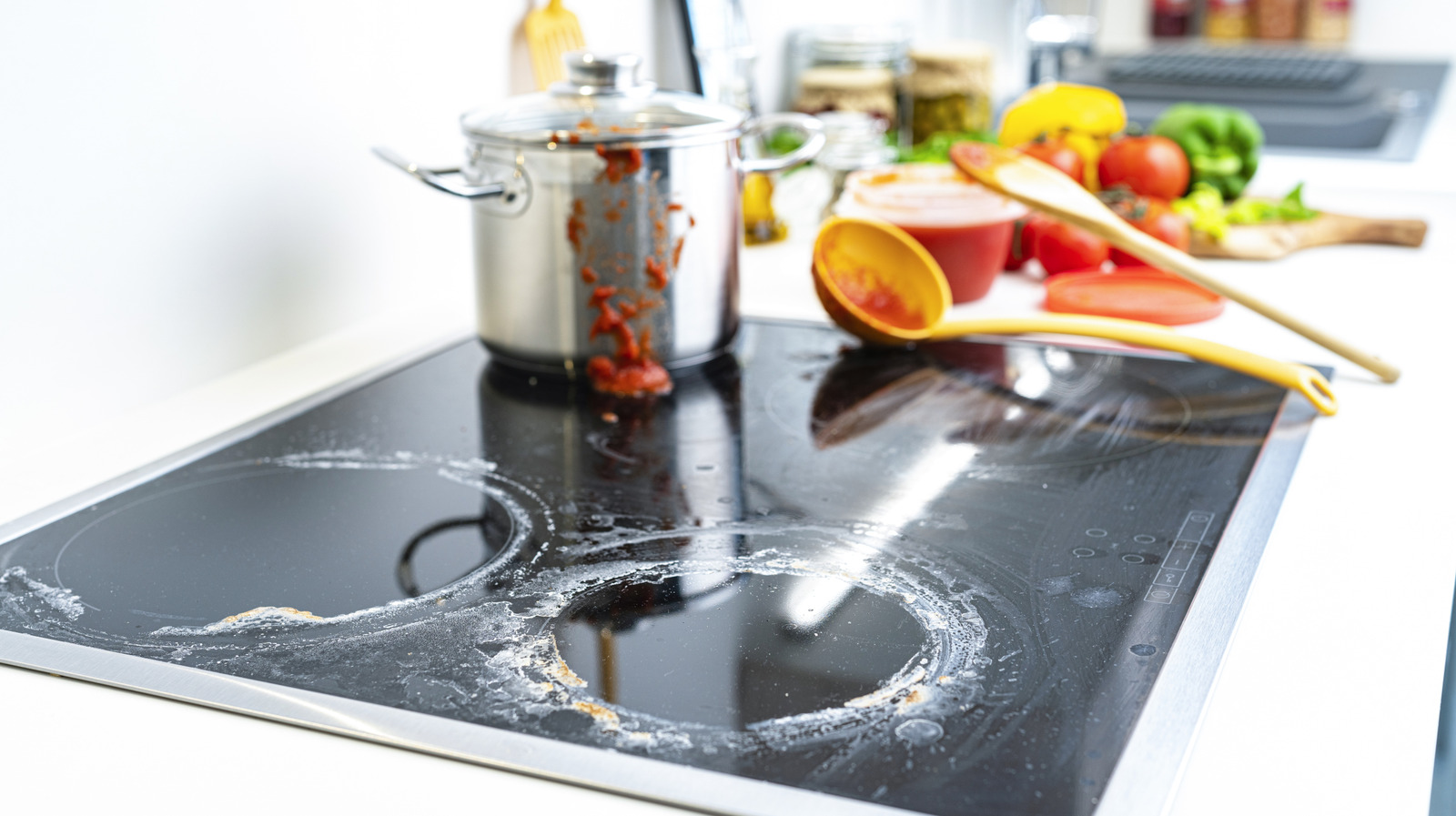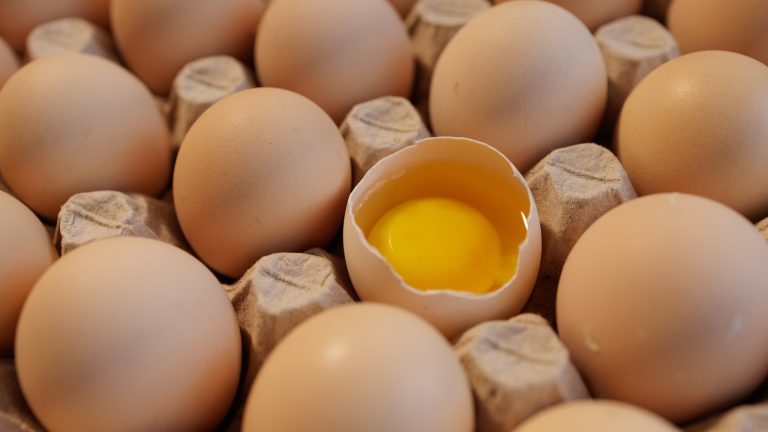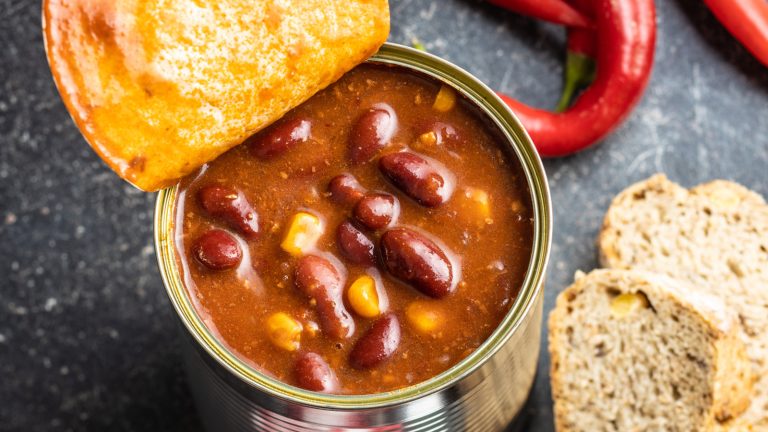As someone who’s had coil burners, glass stovetops, and pretty much everything in between, I gotta say, I do enjoy the even and uniform heating that a glass stovetop provides. Cleaning them, on the other hand? Now, that’s a headache I’m fine with skipping. You have to be extremely careful not to scratch your glass stovetop while cleaning it, which means your knee-jerk desire to reach for a coarse sponge or scrubby pad is a total no-go, even if you’re dealing with caked-on grease. Why? Because even a coarse sponge has enough texture to damage your glass stovetop.
Glass stovetops are wildly delicate. Even abrasive cleaners can potentially lead to tiny scratches and pitting on the surface. On top of the aesthetic harm, this could cause the glass to heat less evenly over time. In cases with severe damage, it’s even possible for you to injure yourself on a cut or pitted glass stovetop, so it’s best to treat it carefully and keep your cleaning hand light. Coarse sponges, scrubbing pads, and heavy-duty scouring tools like steel wool are definite passes for this task.
What to pick up in place of your scrubby pads
Don’t fret, though. Even without your faithful scrubby pad, there are still ways for you to clean that stovetop without damaging the glass. You can use the soft side of a double-sided sponge, a regular soft dish sponge, or cooktop pads designed for use on a glass stovetop. Skip the harsh cleaning chemicals and stick with something like distilled white vinegar and a microfiber cloth. For those really stuck-on spots, try to lift them from your stovetop with a hard silicone spatula before you do anything else. If that doesn’t work, soak the mess for 15 to 30 minutes in hot water and white vinegar. Try lifting it again or even wiping it away with a microfiber cloth or soft sponge.
Sprinkling baking soda on a mess and spritzing it with vinegar will create bubbles that may loosen tough spills, too. You can also get specialized cooktop scrapers, which are a good investment if you often dirty your stovetop (not judging). And if the absolute worst comes to pass? Use a razor blade scraper held at a 45-degree angle and very carefully scrape the mess away. After getting your glass stovetop back into pristine condition, the smartest thing to do is clean up any future messes right away so you won’t have to bother with all of this fussy heavy-duty cleaning again. It might be hard, but it’s totally worth it.






